- Joined
- Aug 15, 2000
- Messages
- 19,084
Date: 1/16/2006 11:53:59 PM
Author: michaelgem
Hi Garry,
From your take, it does not sound like I was successful. Successful background - yes thanks. But are you able to draw any conclusions yet?
On a further note to Sergey, it would be most instructive to me and perhaps others, if you could photograph the two lighting circumstances with a wide angle lens, along the line of site, toward the observer''s eyes like my example, to give a picture of the illumination like Garry has tried to approximate.
It would then be easy to understand the performance of the diamond''s in the two lighting environments.
Alternatively, a shot of the whole setup from some side angle would also be helpful.
Great idea - we need photo''s with a dome / upside down metal bowl / shiny sphere of some such thing of the GIA diamonddock as well as sergey''s Eichorst set-up. Side on shots with viewers positions etc etc.
Then we can see the relative intensity - angles etc
Michael Cowing
www.acagemlab.com

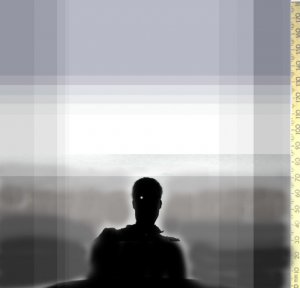
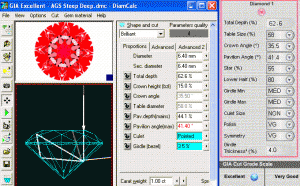

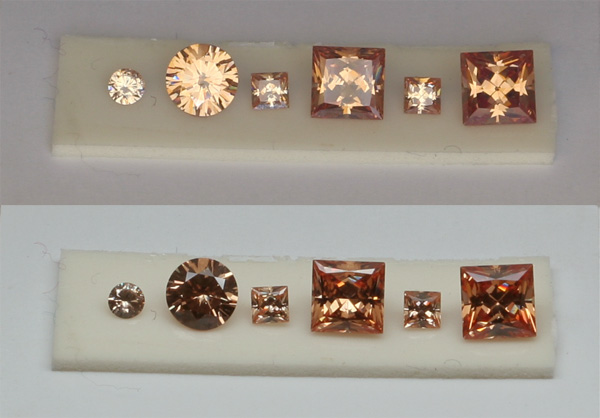
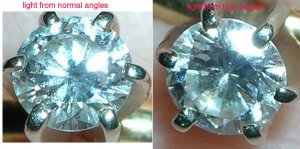
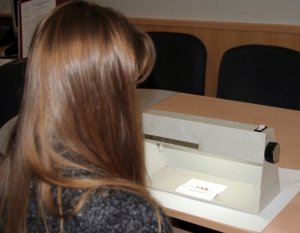



300x240.png)